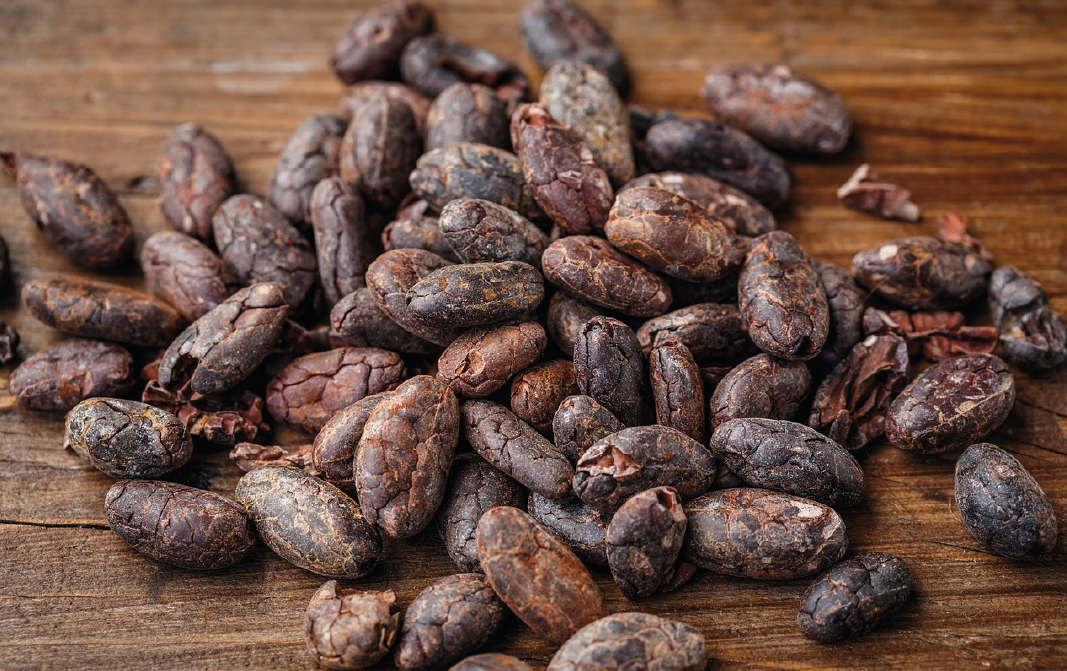


Make sure the beans are not broken or irregularly discolored as it indicates worm or mold infestation. Ensure to check “use-by” date in case of buying packaged cacao beans to avoid any contamination.
Cacao also contains theobromine which acts as a stimulant. Along with caffeine, it can cause sleeplessness, anxiety, abnormal heart rhythm, and heartburn. Pregnant women should be very careful about consuming lots of raw cacao. Caffeine may be able to cross the placental barrier and may be associated with premature labour and even miscarriage.(3)
- Disclaimer
"Information here is provided for discussion and educational purposes only. It is not intended as medical advice or product or ingredient review/rating. The information may not apply to you and before you use or take any action, you should contact the manufacturer, seller, medical, dietary, fitness or other professional. If you utilize any information provided here, you do so at your own risk and you waive any right against Culinary Communications Private Limited, its affiliates, officers, directors, employees or representatives.”
Description
Cacao beans are produced from beans derived from the Theobroma cacao tree, also known as the cocoa tree and belong to the genus Theobroma. It is widely distributed from southeastern Mexico to the Amazon basin. A mature cacao tree produces fruit in the form of elongated pods; it may yield up to 70 such fruits annually. The pods, or cherelles, range in colour from bright yellow to deeppurple. Each pod has numerous ridges running along its length and holds 20 to 60 seeds or beans. Many varieties of cacao exist which can be grouped into three divisions: forastero, criollo, and trinitario. Forastero varieties are most commonly used in commercial production, whereas criollo varieties are very susceptible to disease and are not grown widely. Trinitario is a hybrid of the forastero and criollo varieties and produces flavorful beans.